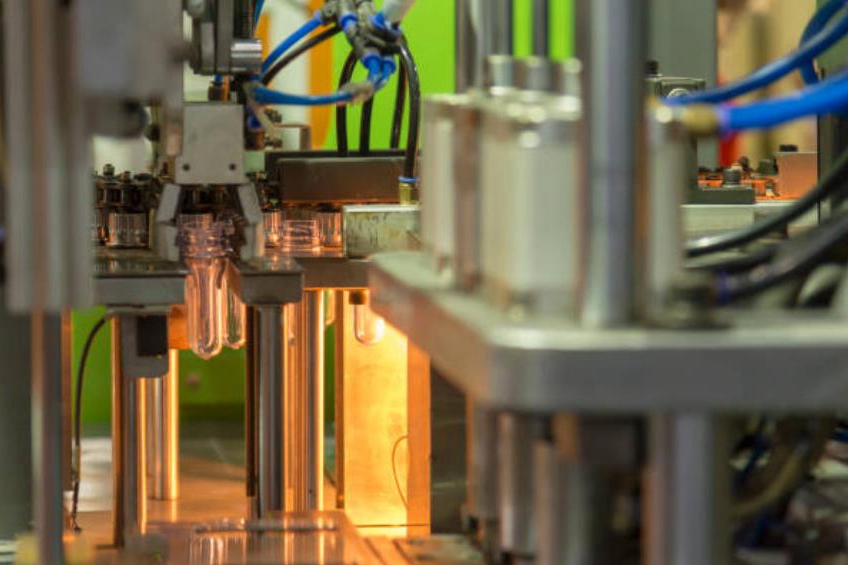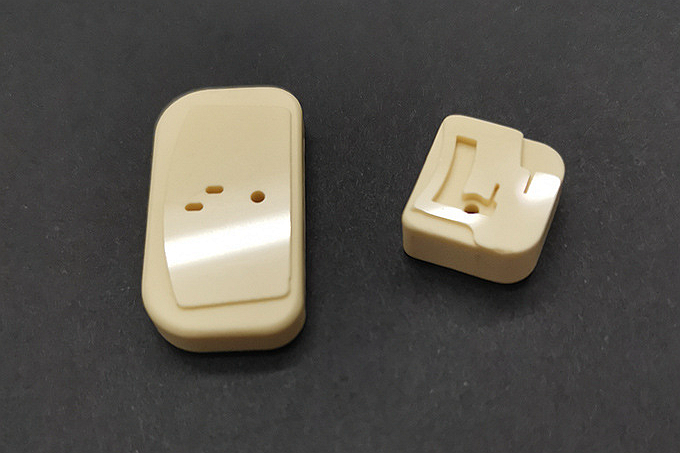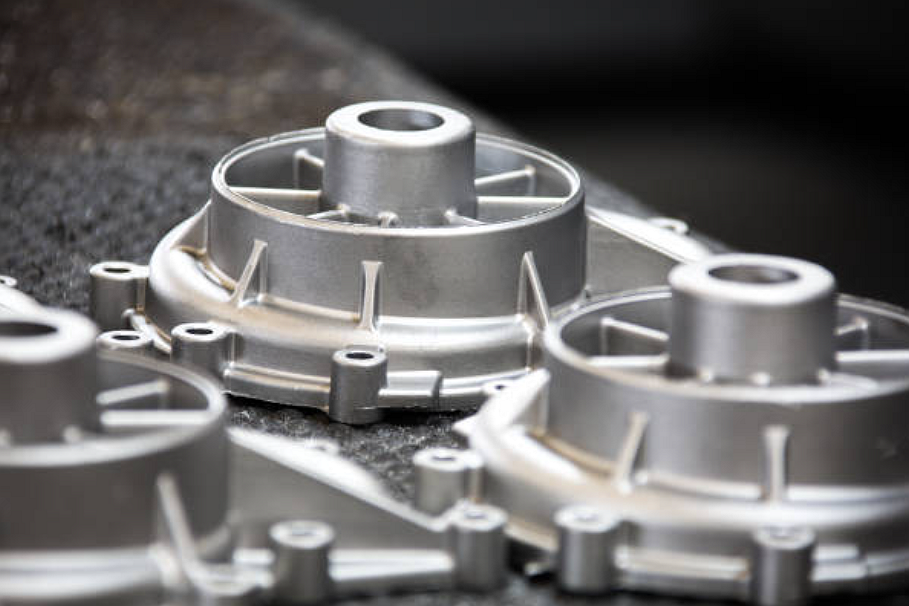What Are the Material Properties of Custom Parts Made by Ceramic Injection Molding?
 What Are the Material Properties of Custom Parts Made by Ceramic Injection Molding?
What Are the Material Properties of Custom Parts Made by Ceramic Injection Molding?
Introduction
Ceramic injection molding (CIM) is an advanced manufacturing process that enables the precise production of ceramic components with intricate designs. Its versatility supports diverse applications, from electronics to aerospace. Neway Precision offers extensive insights into ceramic materials used in injection molding, providing excellent material properties tailored to demanding environments. Through this technique, manufacturers achieve superior durability and functionality in various industries.
1. Overview of Ceramic Injection Molding (CIM)
CIM starts by preparing a ceramic powder and binder mixture known as feedstock. This feedstock is injected into molds at controlled temperatures and pressures. Subsequent steps include debinding to remove binders and sintering to densify the component. Each stage critically impacts the final material characteristics, enhancing parts with properties like high strength and fracture resistance. This makes them ideal for high precision and reliability applications, such as aerospace components.
2. Materials Commonly Used in CIM
Several ceramic materials are widely utilized in CIM, each offering distinct benefits:
Alumina (Al2O3): Renowned for exceptional hardness, strength, and wear resistance, often used in abrasive environments.
Zirconia (ZrO2): Offers superior fracture toughness suitable for demanding mechanical applications.
Silicon Carbide (SiC): Valued for high-temperature performance and corrosion resistance, ideal in harsh chemical applications.
Silicon Nitride (Si3N4): Recognized for thermal stability and resistance to thermal shock.
2. Material Properties of CIM Components
CIM components demonstrate outstanding characteristics across several property categories:
Mechanical Properties
High hardness and wear resistance ideal for bearings and cutting tools.
Excellent compressive strength appropriate for structural applications.
Robust flexural strength and fracture toughness, ensuring reliability under stress.
Thermal Properties
Exceptional resistance to extreme temperatures, suitable for aerospace and automotive industries.
Effective thermal insulation properties are beneficial for high-temperature applications.
Electrical Properties
Strong electrical insulation is crucial for electronic and electrical components.
Superior dielectric strength is advantageous for insulating applications.
4. Factors Influencing CIM Part Properties
Key factors influencing the performance of CIM parts include feedstock quality, mold design precision, and the sintering process. Optimal feedstock formulation ensures consistent mechanical strength, while precise mold designs help achieve dimensional accuracy. Sintering conditions are critical, as variations significantly impact mechanical and thermal properties.
5. Benefits of CIM Material Properties
The advanced material characteristics provided by CIM result in:
Enhanced component longevity through superior wear and abrasion resistance.
Reliable performance in high-temperature, corrosive, or mechanically demanding environments.
High-quality surface finishes and dimensional precision not achievable through traditional ceramic manufacturing.
6. Industry Applications of CIM
CIM-produced components are integral across numerous sectors:
Medical devices: Wear-resistant and biocompatible components for implants and surgical tools.
Aerospace industry: Heat-resistant, high-strength components such as turbine blades.
Automotive: Engine parts with enhanced thermal and mechanical properties.
Electronics: Precision insulators and heat management components.
7. Comparing CIM to Other Manufacturing Methods
Compared to traditional methods like plastic injection molding or metal casting, CIM provides unparalleled thermal stability, hardness, and precision advantages. It excels at achieving complex geometries, often requiring high precision molding techniques.
8. Real-World Examples and Case Studies
Successful applications of CIM include ceramic turbine blades in aerospace, highly durable automotive components, and medical prosthetics, demonstrating both precision and biocompatibility. These examples underscore the versatility and effectiveness of CIM.
8. Challenges and Solutions
While CIM offers numerous benefits, potential challenges such as shrinkage during sintering and debinding complexity exist. Effective management strategies, including careful mold design and precise control of debinding parameters, address these concerns, improving overall part quality and reliability.
Conclusion
CIM is a highly effective manufacturing method, offering superior material properties suitable for demanding environments. Continued advancements promise expanded applications and greater efficiency in ceramic component production.
Explore the capabilities of Ceramic Injection Molding further by partnering with Neway Precision. Contact us today to discuss your specific manufacturing needs.



